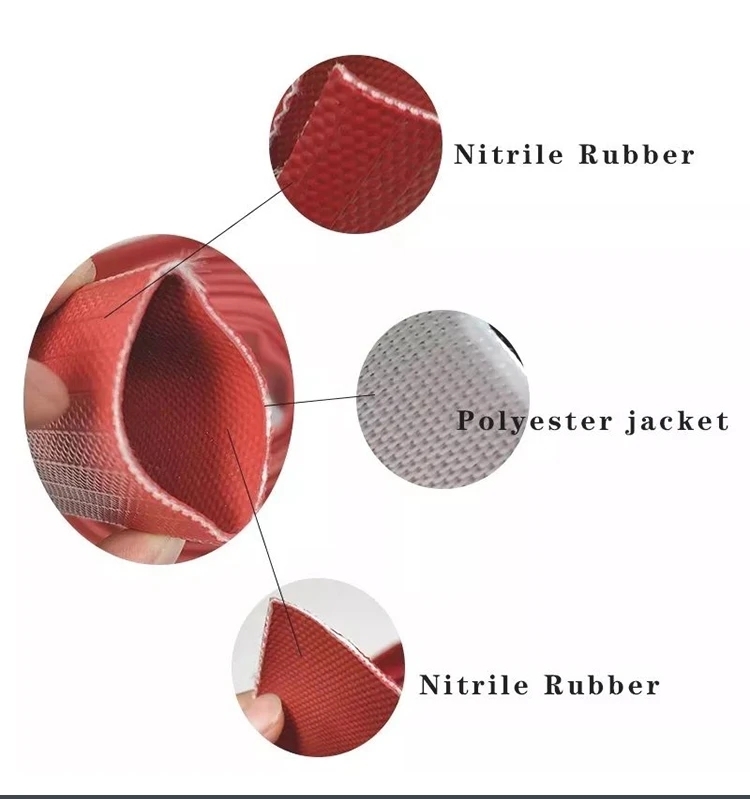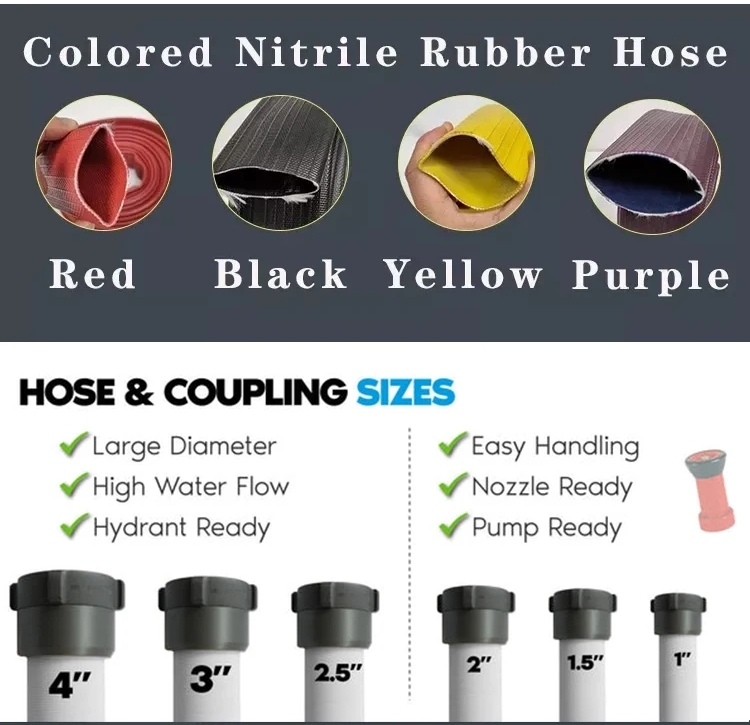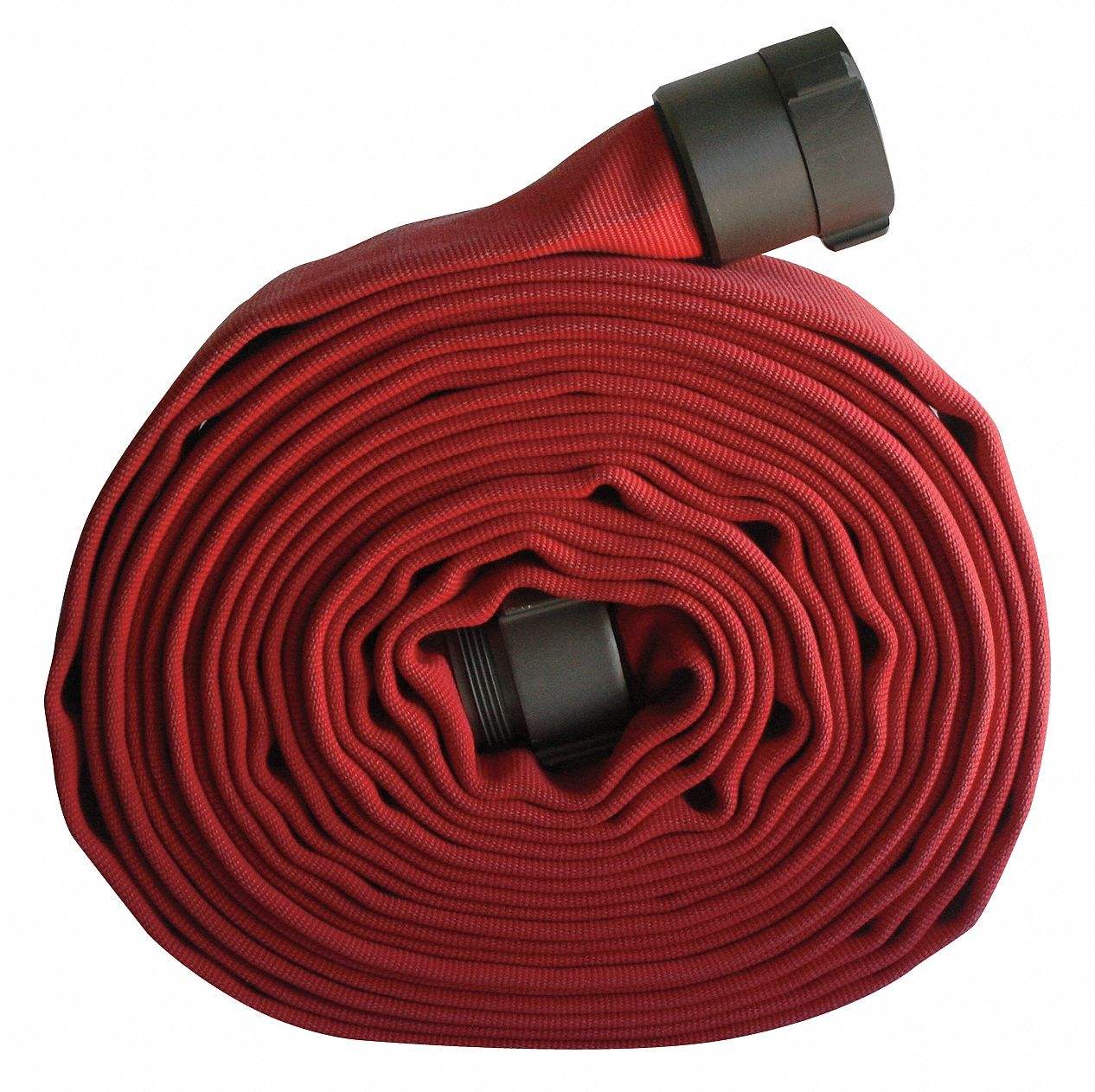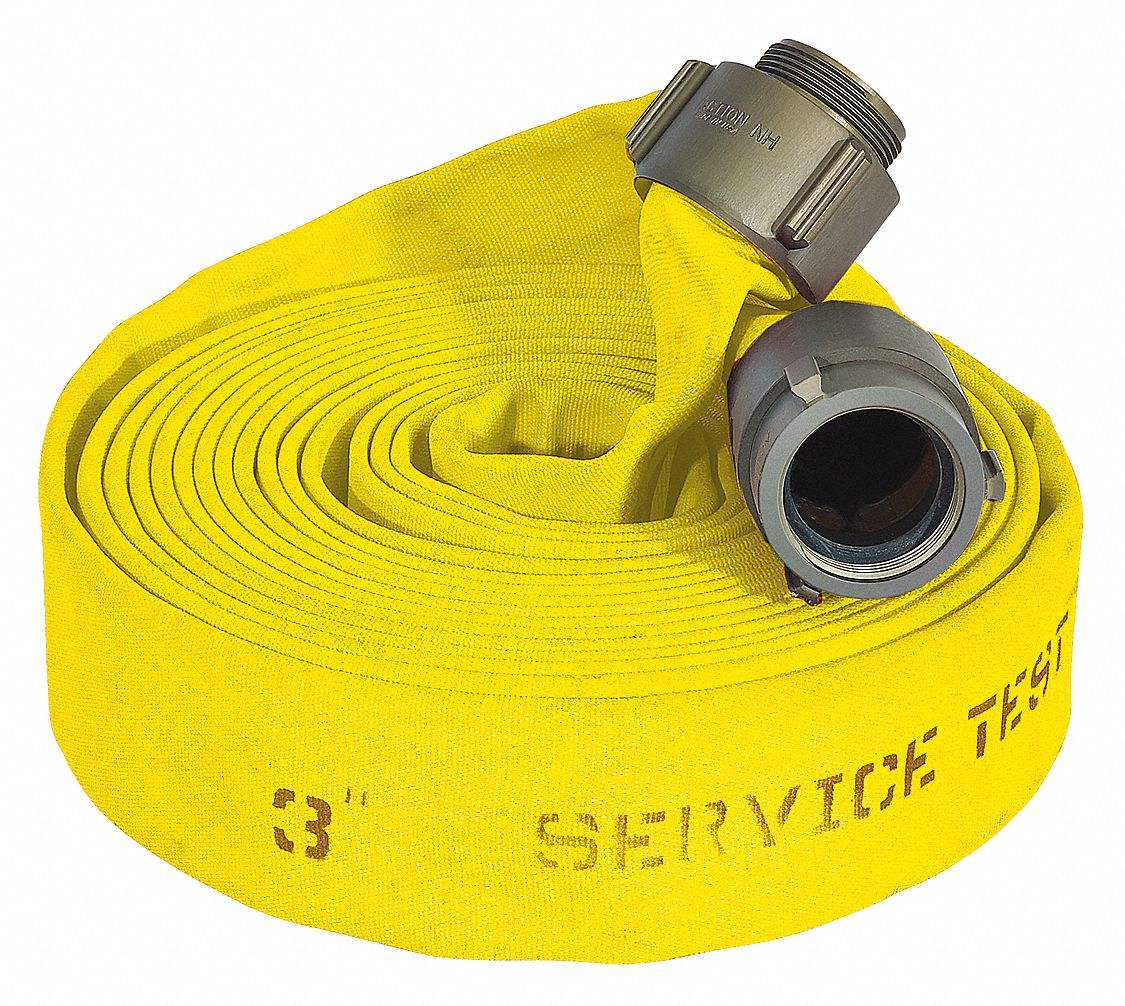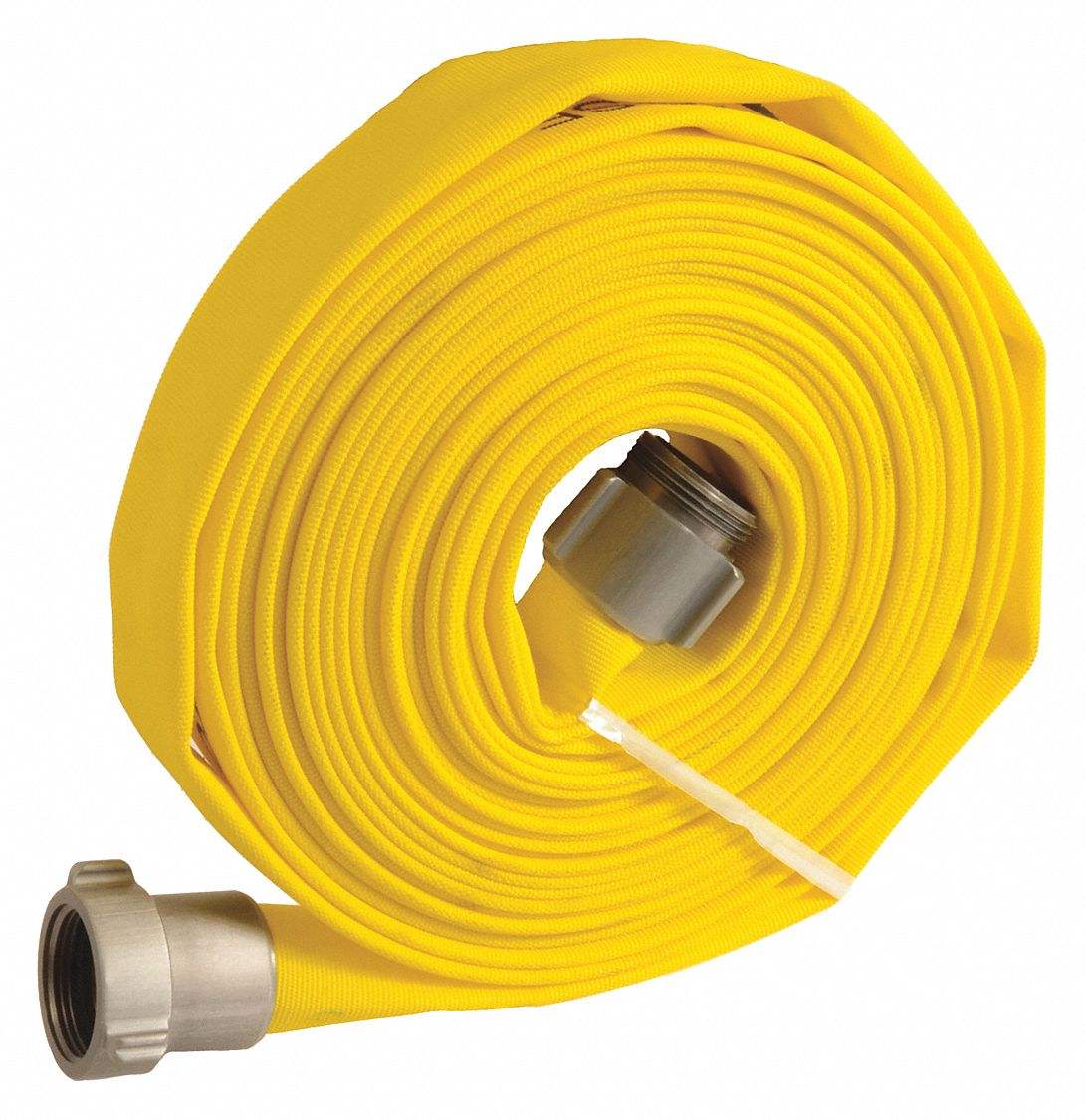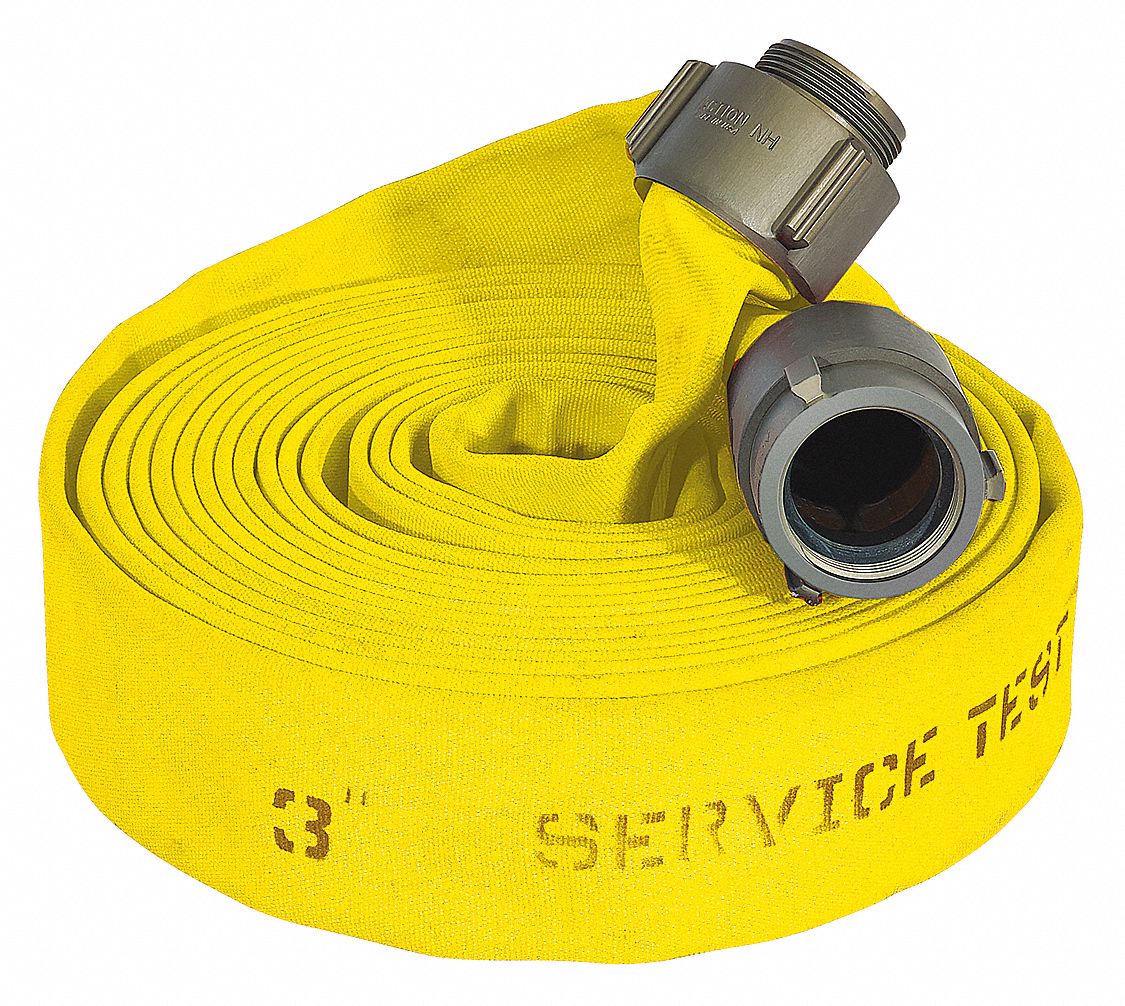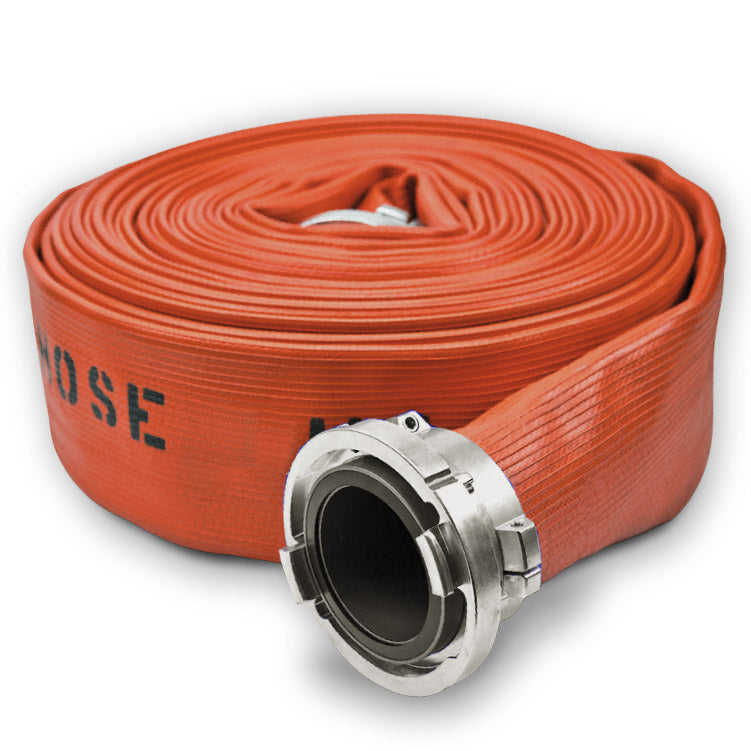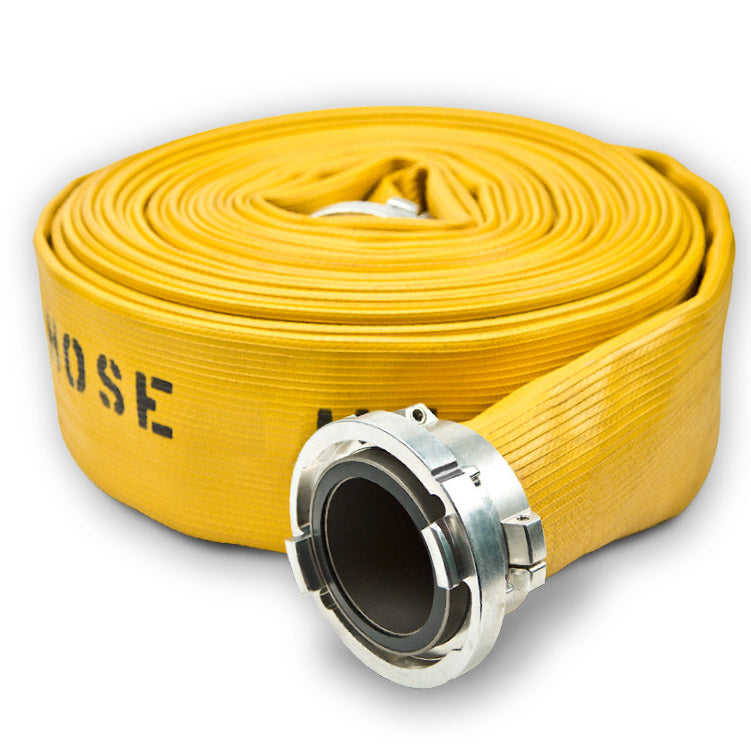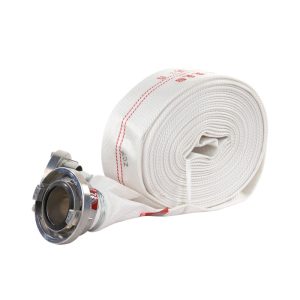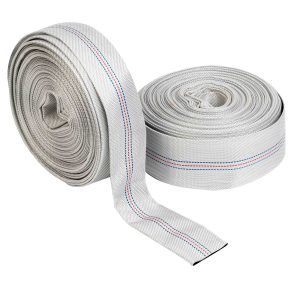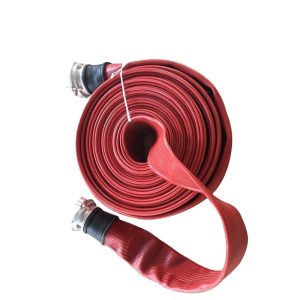Fire hoses are critical tools used for firefighting and fire suppression, designed to efficiently deliver high-pressure water or other fire-retardant substances to extinguish fires. Constructed from durable materials such as rubber, polyurethane, or synthetic fibers like polyester or nylon, these hoses are specifically engineered to withstand extreme conditions encountered during firefighting operations.
Typically, fire hoses come in various types, including attack hoses, supply hoses, and forestry hoses, each serving different firefighting needs. Attack hoses, often made of rubber, are flexible and durable, suitable for delivering high-pressure water directly to the fire. Supply hoses, usually larger and sturdier, transport water from a fire hydrant or other water source to the firefighting apparatus.
Forestry hoses are lightweight and designed for maneuverability in wildland firefighting scenarios. Fire hoses can vary in diameter, lengths, and pressure ratings to cater to specific firefighting requirements.
These hoses undergo rigorous testing and certifications to ensure reliability and compliance with safety standards. They often feature coupling systems for quick and secure attachment to fire hydrants, pumps, or firefighting equipment.
Fire hoses are integral components of firefighting operations, playing a crucial role in containing and extinguishing fires. Proper maintenance, regular inspections, and appropriate storage are vital to ensure their readiness and effectiveness during emergency situations.
